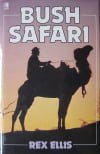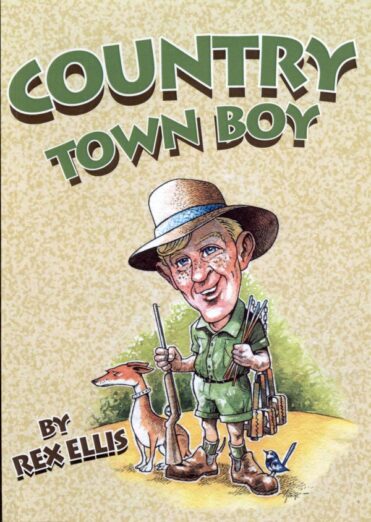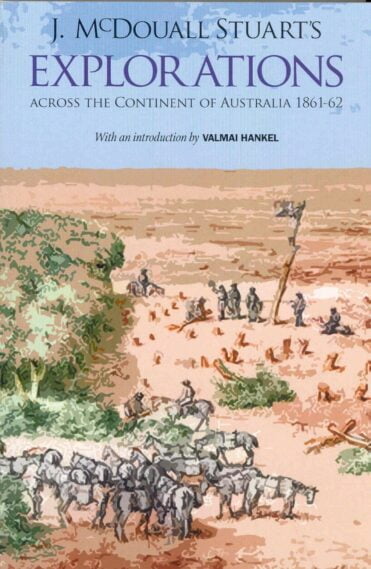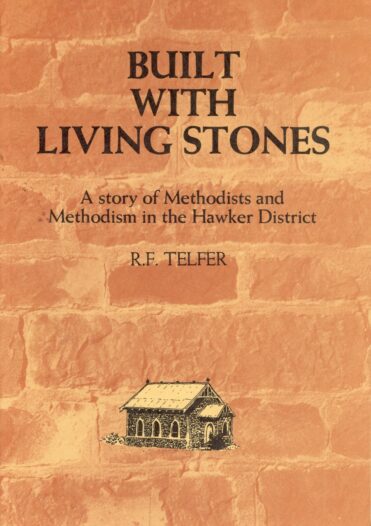Seed of the Coolibah
$36.50
As the seed of the coolabah is scattered, blown away on the searing summer wind or washed away by the floods of autumn to take root and grow far from the parent free, so the Yandruwandha and Yawarrawarrka people have been scattered across the face of Australia, far from their country of origin. Theirs was a tenure measured in thousands of years
-it took only a century to virtually end it.
Description
Seeds of the Coolibah is one of the titles written by H M Tolcher (Mrs Helen Tolcher), most of the other titles are out of print. This book is a history of the Yandruwandha and Yawarrawarrka People.
As the seed of the coolibah is scattered, blown away on the searing summer wind or washed away by the floods of autumn to take root and grow far from the parent tree, so the Yandruwandha and Yawarrawarrka people have been scattered across the face of Australia, far from their country of origin. Theirs was a tenure measured in thousands of years – it took only a century to virtually end it.
We do not know when people first appeared in the Lake Eyre basin, nor more specifically when they arrived in that part of the basin which surrounds the Innamincka area. Evidence uncovered in other parts of the continent suggest that it was possibly 60,000 years ago, when the whole world was inhabited by similar hunter-gatherer peoples.
The environment the first Aborigines found was broadly similar to that which exists in the area today – a place of irregular rainfall made more habitable by the periodic flow of streams rising outside the region, a place of sand ridges and plains, and stony undulating country with scattered mesas, striped with treelined watercourses. The richness and diversity of the desert fauna which now exist suggest great antiquity, with origins pre-dating the Pleistocene era. Once it was even more diverse, with koala-like animals, a huge wombat (Phascolonus), giant herbivores such as the rhinoceros-sized Diprotodon, a browsing kangaroo (Procoptodon) up to three metres in height, possums, two predators – the Tasmanian devil and the Thylacoleo, a marsupial lion – a giant flightless bird (Genyornis) much larger than the modern emu, flamingoes half as large again as modern species found in other parts of the world, lizards of the goanna type growing to over four metres in length, crocodiles of enormous size, turtles, crayfish, lungfish, and a wealth of small marsupials, rodents and waterfowl.
At that time the Australian climate was probably more temperate and moister over the whole continent than it is now, resulting in higher rainfall in the catchment areas of the rivers, with more regularly flowing streams and a greater volume of water. Traces of ancient rivers and lake shores confirm the presence of great quantities of water where now there is none or only ephemeral streams and lagoons. Aboriginal legends of the area mention giant animals and luxuriant vegetation which suggests that the first comers were familiar with this landscape, and embodied its elements in their oral history. The more extensive rivers and lakes and the more active mound springs made the lnnamincka region an ideal habitat for hunter-gatherer people.
Additional information
| Weight | .805 kg |
|---|---|
| Dimensions | 28.5 × 21 × 1.3 cm |




